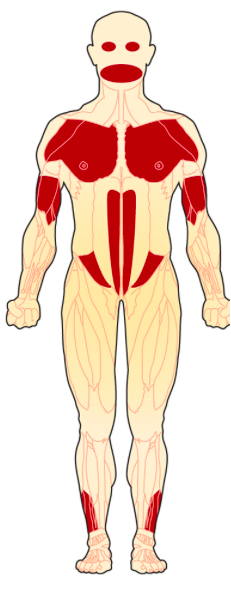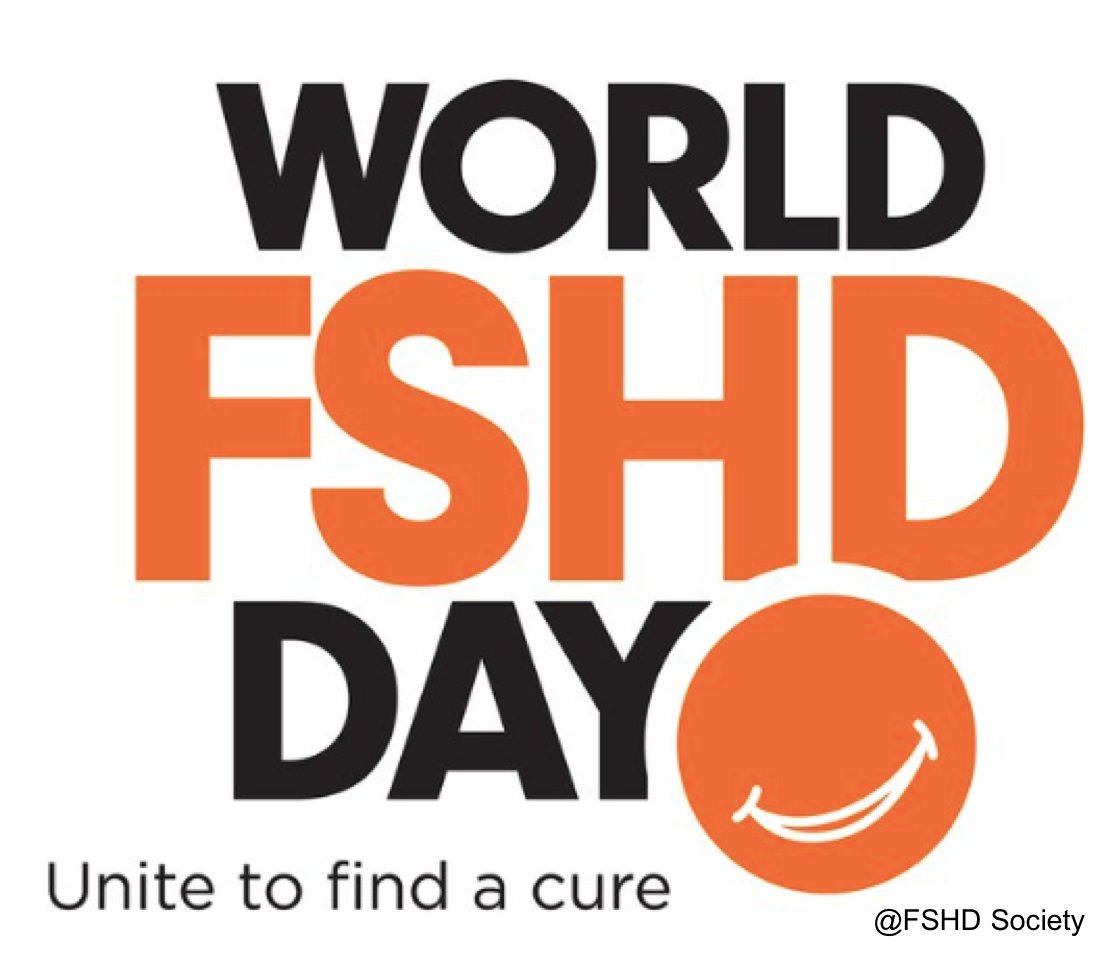

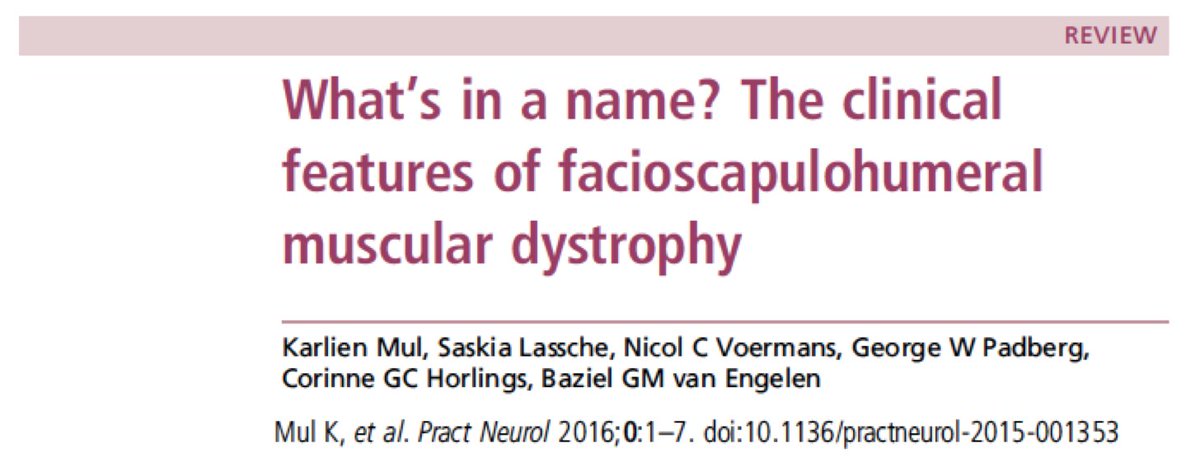
pubmed.ncbi.nlm.nih.gov/31794465/

pubmed.ncbi.nlm.nih.gov/26862222/
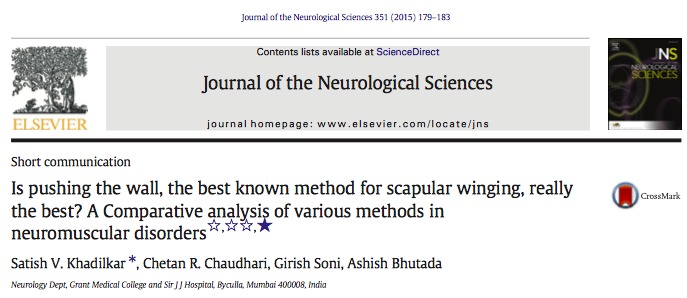
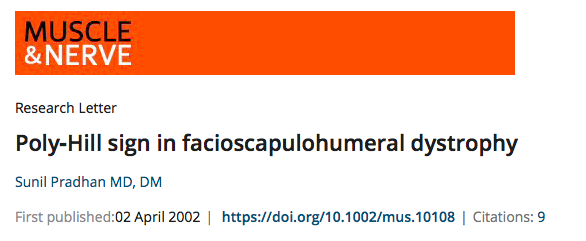

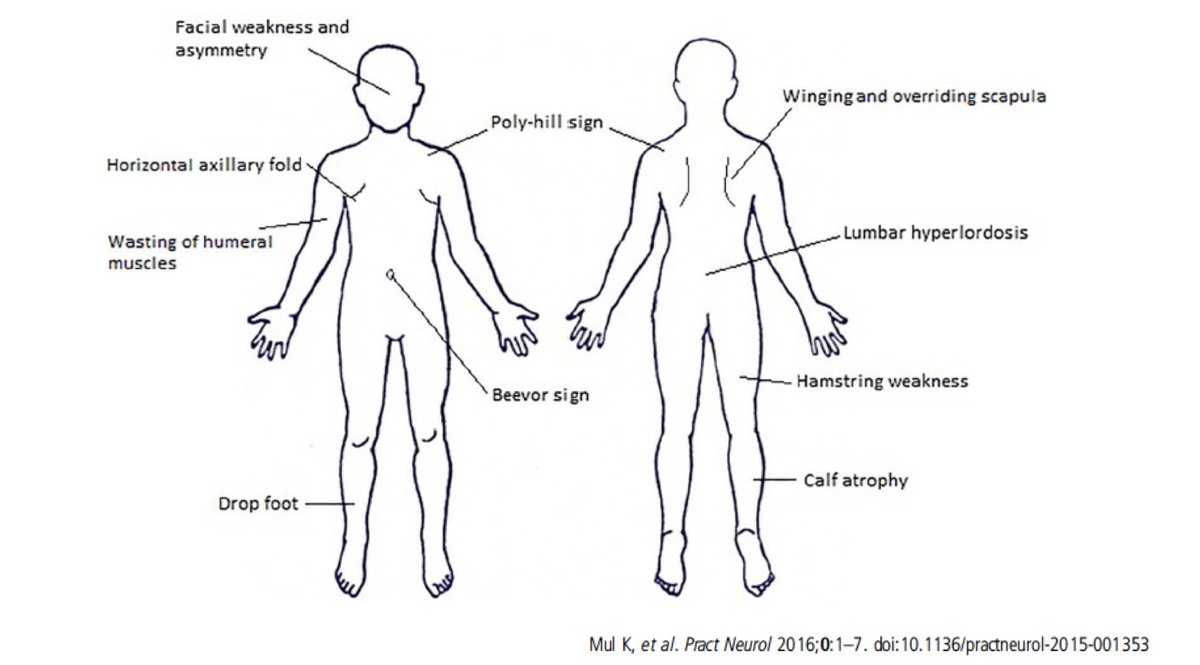
neurosigns.org/wiki/Popeye_arm
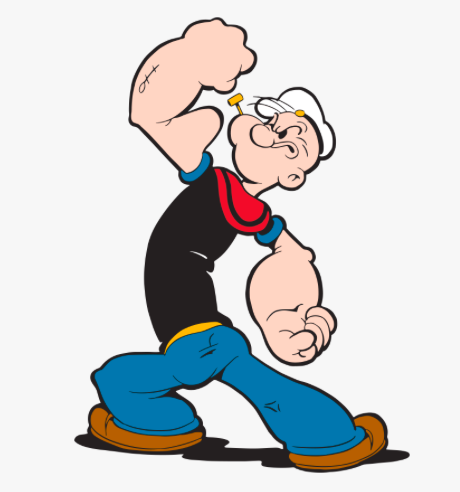
the umbilicus gets pulled upwards(19/60)
pubmed.ncbi.nlm.nih.gov/19838767/
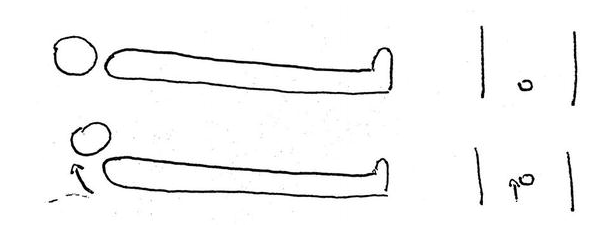
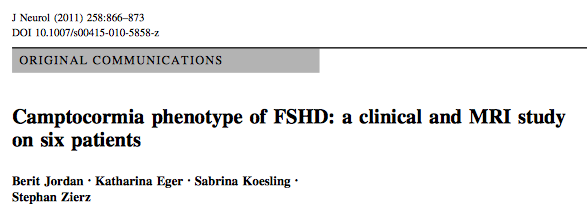
pubmed.ncbi.nlm.nih.gov/22079131/
pubmed.ncbi.nlm.nih.gov/605779/
⏺️Neck extensors more affected than flexors
⏺️Biceps>Triceps
⏺️Contractures are absent or minimal
⏺️No significant cardiac involvement
⏺️Preserved distal deltoid, supraspinatus and infraspinatus muscles (24/60) pubmed.ncbi.nlm.nih.gov/29478599/
⏺️Isolated unilateral foot drop
⏺️Shoulder complaints
⏺️Frequent falls
⏺️Pectus excavatum
⏺️Back pain and fatigue (26/60)
pubmed.ncbi.nlm.nih.gov/26862222/
⏺️Resp failure requiring ventilatory support is rare
⏺️But 1/3rd of nonambulatory FSHD have Resp involvement
⏺️Nocturnal hypoventilation
⏺️No significant cardiac involvement (27/60)
⏺️FSHD1 – Retinal vasculopathy- telegiectasias, microaneurysms, Coats disease
⏺️Severe retinal vasculopathy, Hearing loss▶️ large 4q35 deletions
⏺️Musculoskeletal pain is very frequent (28/60)
pubmed.ncbi.nlm.nih.gov/29478599/
🚫Ptosis
🚫EOM involvement
🚫Bulbar involvement
🚫Contractures
🚫Cardiomyopathy
🚫Significant resp involvement in mild weakness (29/60)
pubmed.ncbi.nlm.nih.gov/29478599/
▶️Creatine Kinase: Normal to mildly elevated
▶️EMG: Myopathic – may show evidence of irritability (PSW and Fibs) (30/60)
▶️Mostly done in research setting
▶️Great potential to be a clinical trial outcome measure ▶️Rectus abdominis and semimembranosus are the MC and most severely affected muscles (31/60)
pubmed.ncbi.nlm.nih.gov/25641525/
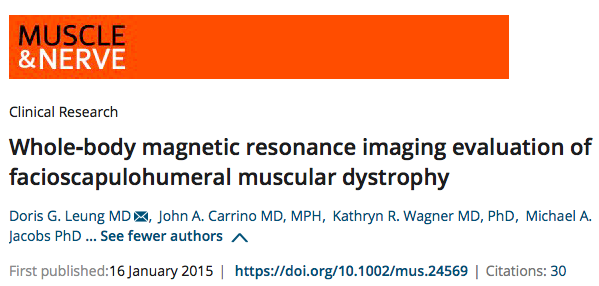
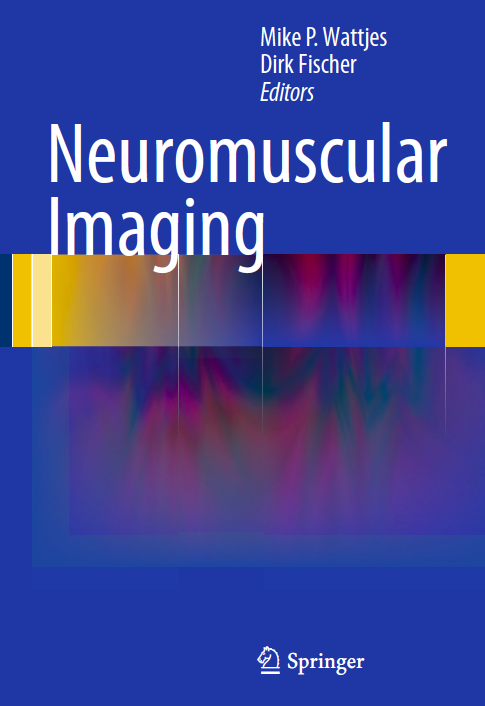
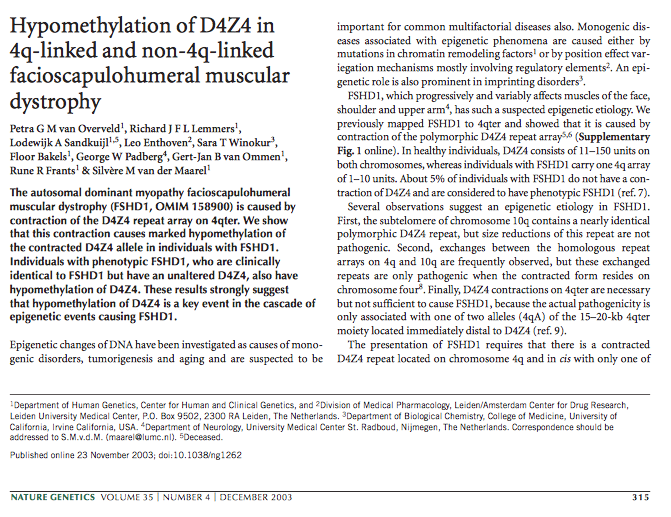
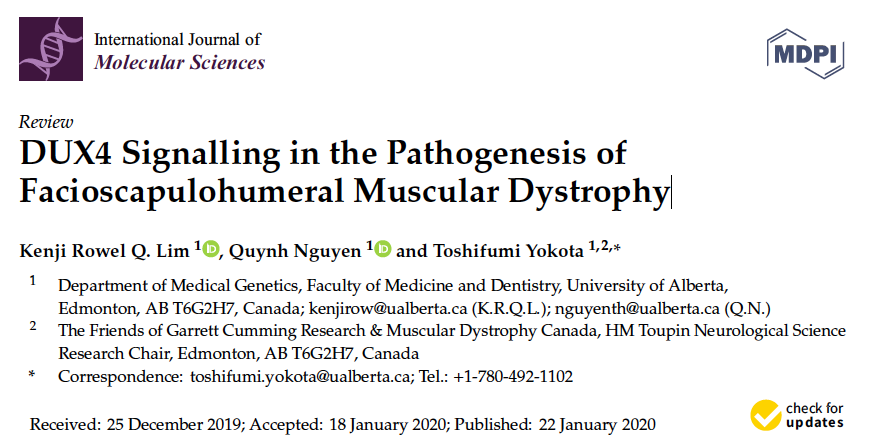
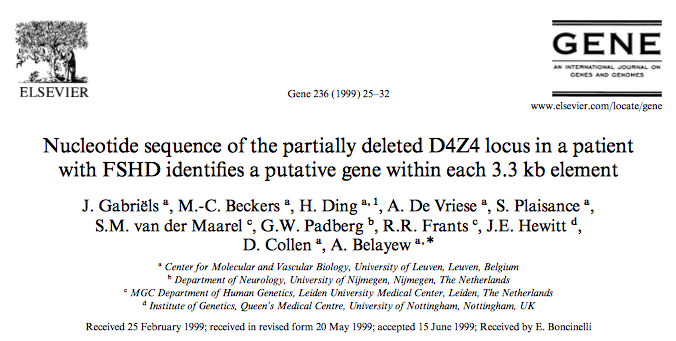
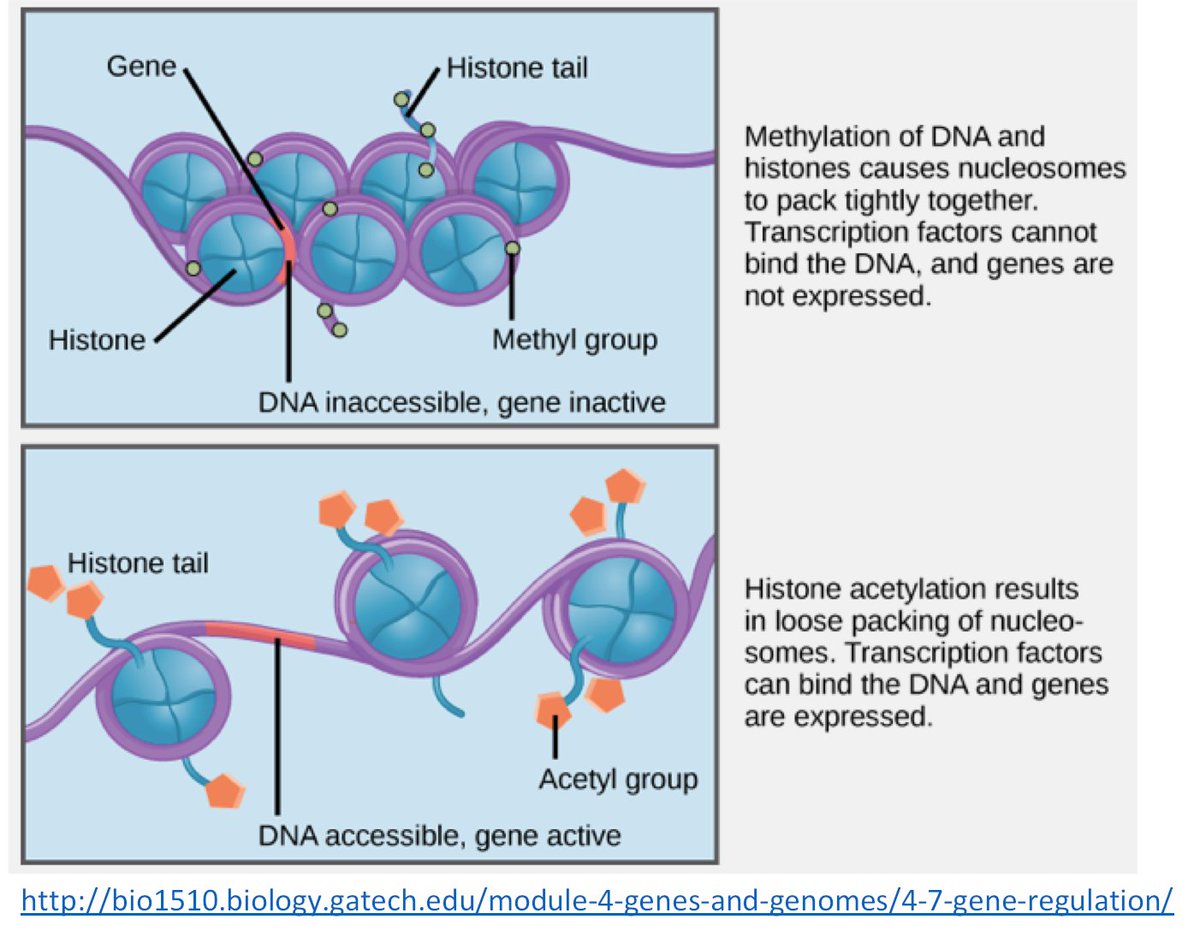
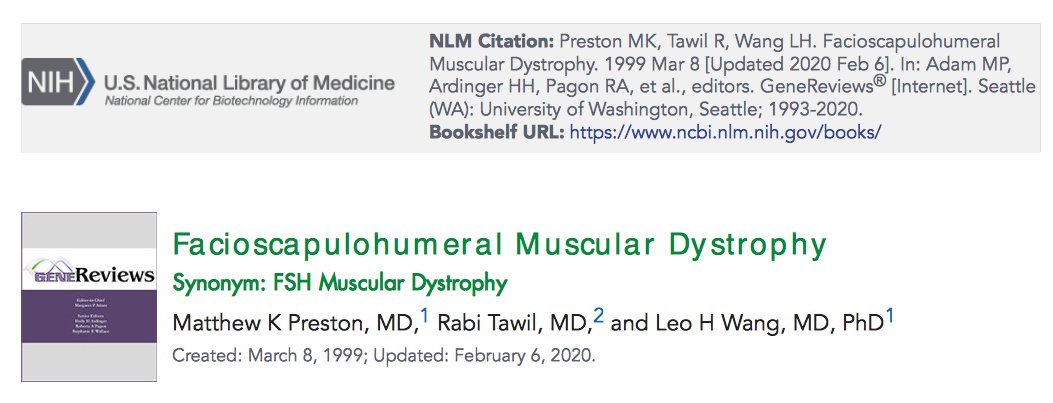
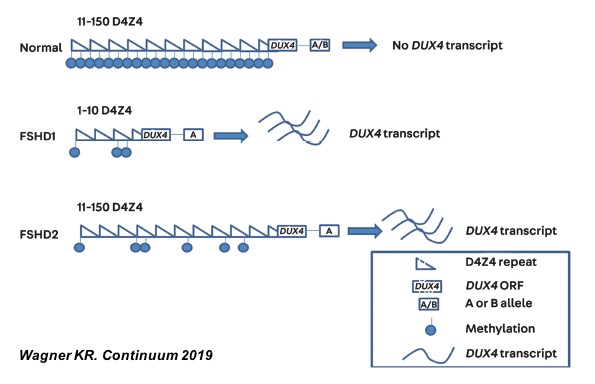
⏺️Stable DUX4 mRNA can happen only if there is a polyadenylation sequence distal to the last repeat (A-allele) (39/60) pubmed.ncbi.nlm.nih.gov/29478599/
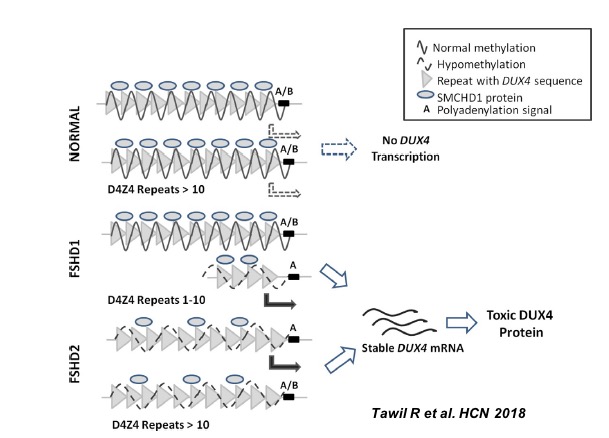
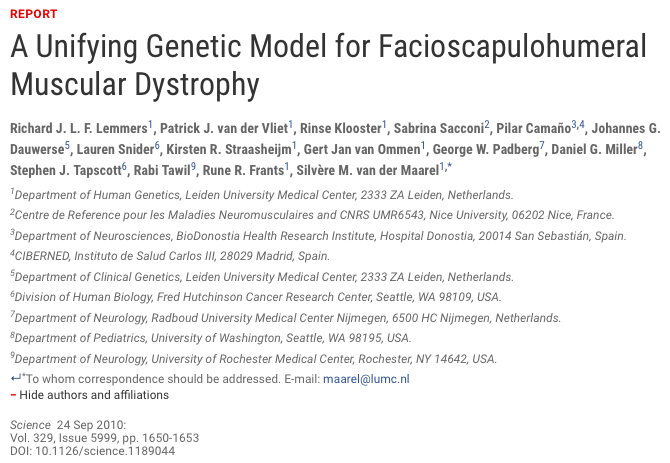
⏺️D4Z4 repeat contraction
⏺️hypomethylation
⏺️chromatin relaxation
⏺️poly-A tail (A-allele)
⏺️DUX4 transcription
⏺️epigenetic de-repression (43/60)
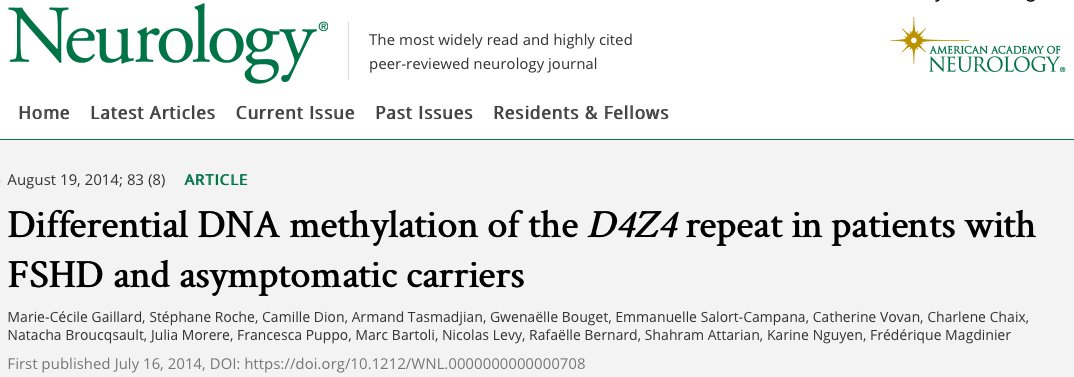
⏺️Aberrant expression of DUX4 protein in somatic cells is the primary cause
⏺️DUX4 is normally expressed in germline but repressed in somatic tissue. pubmed.ncbi.nlm.nih.gov/15674778/

⏺️DUX4 also activates various genes involved in atrophy, protein degradation, oxidative stress, and innate immunity. (46/60) pubmed.ncbi.nlm.nih.gov/28915324/

▶️Proteins expressed only in the germline may induce an immune response when aberrantly expressed in somatic tissue, as germline is immune-privileged (47/60) pubmed.ncbi.nlm.nih.gov/29478599/
⏺️Muscles may look very normal initially▶️then one muscle gets affected▶️very quickly another one gets involved as if ‘disease is travelling along the muscle’ (50/60)
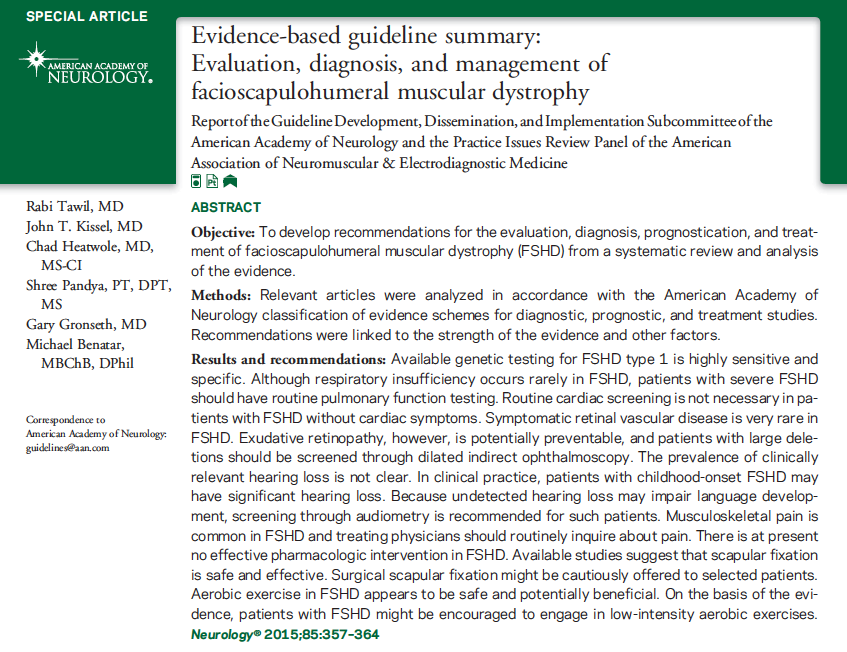
⏺️Pulmonary function testing should be done at baseline especially those with severe proximal weakness, kyphoscoliosis, or wheelchair dependence(57/60)
⏺️Low intensity aerobic exercise
⏺️Bone health – Vitamin D3 if needed. DXA scans annually in those with severe weakness, falls or wheel chair dependent (58/60)
▶️Patient should have good deltoid power to get benefit. ▶️It’s an extensive procedure and should be done only by an experienced surgeon
▶️Patient may not be able to throw the arm up to 180 degree as before (59/60)

